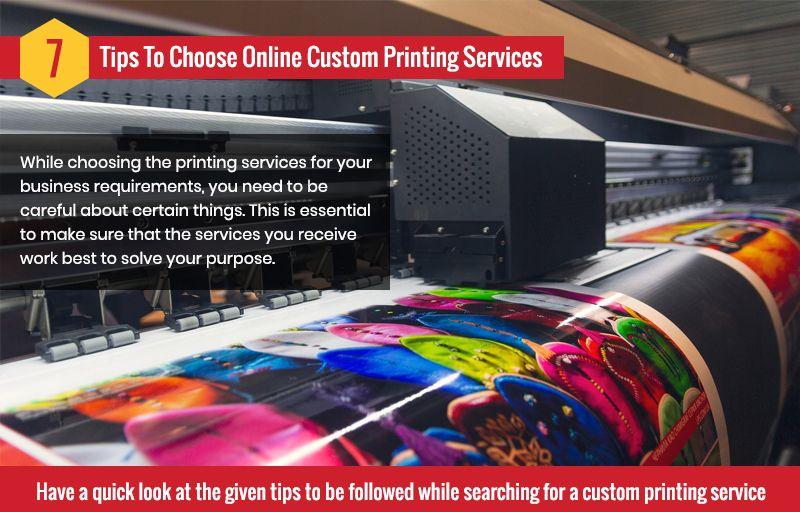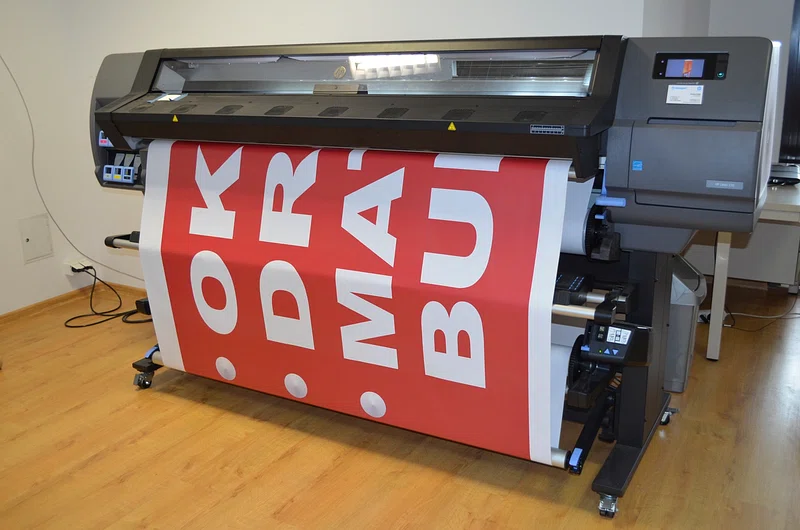Facebook campaigns plays a key role in growing print on demand sales.
Facebook campaigns plays a key role in growing print on demand sales.
Blog Article
The Future of Advertising Products: Technologies in Digital Printing
As the marketing landscape continuously develops, digital printing is emerging as a transformative pressure, poised to redefine standard methods. The change from typical to tailored materials, driven by technological developments, guarantees to reinvent brand-consumer connections. Nevertheless, this shift is not without its complexities and difficulties. It beckons an expedition right into the cost-effectiveness, sustainability, and total performance of electronic printing in contemporary marketing strategies.
The Change From Standard to Digital Printing in Advertising
As the world promptly transitioned right into the digital age, the landscape of advertising and marketing experienced a substantial shift from traditional to digital printing. This shift was driven by a myriad of factors, consisting of the requirement for more individualized, targeted advertising materials, along with the demand for rate and effectiveness in production. Standard printing methods, with their lengthy turn-around times and limited modification options, were no much longer sufficient in the fast-paced globe of digital advertising. Digital printing became a premium option, supplying unmatched levels of versatility, speed, and customization. Its ability to create top quality prints in other words periods, combined with its capacity for on-demand printing, reinvented the advertising and marketing market, rendering traditional techniques obsolete.
The Technological Developments Driving Digital Printing Technology
While the benefits of digital printing have spurred its fast fostering, it is the continual technological developments that are genuinely driving advancement in this area. Breakthroughs in digital technology have made it possible to print with unmatched accuracy and speed, revolutionizing the production of advertising materials. Advancements in software application innovation, such as the increase of cloud-based systems, have structured the design-to-print process, enhancing effectiveness and minimizing expenses. Furthermore, developments in printer innovation, especially the development of high-speed inkjet printers, have actually significantly minimized the time it takes to print large amounts of advertising and marketing products. These technological developments are not only enhancing the capacities of electronic printing however likewise reshaping the means organizations approach their advertising and marketing methods.
The Influence of Digital Printing on Advertising Techniques
The introduction of digital printing has dramatically transformed conventional marketing approaches. This modern technology not only boosts brand visibility in the electronic realm but additionally provides cost-effective remedies for companies. The succeeding sections will certainly further discover how electronic printing is revolutionizing the advertising landscape.
Revolutionizing Standard Marketing Approaches
Digital printing has stormed onto the marketing scene, significantly shifting the trajectory of traditional approaches. Unlike typical printing, which calls for mass orders to be affordable, digital printing enables for cost-efficient brief runs and rapid turn-arounds. The integration of QR codes and augmented fact with digital printing additionally gives an interactive experience, merging the physical and digital worlds.

Enhancing Brand Name Presence Electronically
As marketing strategies rapidly develop, digital printing has become a potent tool for enhancing brand visibility. This technology has revitalized the way businesses reach their target audiences. Digital printing allows for personalization, enabling brand names to customize their advertising and marketing products to certain client sections. This personalization enhances engagement and fosters a more powerful link in between the consumer and the brand. In addition, electronic printing assists in the manufacturing of dynamic, premium images that attract focus and promote rate of interest. The immediacy of digital printing also permits fast adaptation to market changes, guaranteeing that advertising and marketing products remain current and pertinent. Therefore, digital printing is not simply a technical development, yet a calculated opportunity for businesses intending to maximize their brand name's exposure in the digital age.
Cost-Efficiency of Digital Printing
Unlike typical printing approaches that include various steps and products, electronic printing needs less setup time and sources, resulting in a decrease in general costs. In addition, the high-quality result of digital printing enhances the allure of advertising and marketing products, potentially raising consumer conversion rates and sales. Thus, the cost-efficiency of electronic printing can considerably click for source streamline advertising and marketing methods, contributing to a more efficient and lucrative marketing project.
Cost-Effectiveness and Performance of Digital Printing
The developments in electronic printing have not only reinvented the industry however additionally caused considerable cost-effectiveness and efficiency. print on demand. Minimized prices of production, enhancing business operations, and sustainability are essential elements of this change. An expedition of these factors will give a detailed understanding of the financial and operational advantages digital printing offers

Minimized Costs of Manufacturing
Substantial innovations in electronic printing technology have notably decreased production expenses, paving the method for a much more economical and reliable procedure. Digital printing allows the production of small to tool print runs financially, removing the demand for huge first print quantities. Electronic printing uses the advantage of on-demand printing, which decreases stock costs.
Streamlining Company Procedures

Sustainability in Digital Printing
Including sustainability into business techniques has come to be progressively essential, and electronic printing is no exception. With its cost-effectiveness and performance, digital printing offers a much more sustainable option compared to typical methods. It makes use of less power, decreases waste, and decreases the carbon footprint of printing procedures. It likewise lowers the requirement for supply and storage, as printing can be done on-demand, consequently minimizing source use. Besides, digital printing permits using eco-friendly inks and recycled materials, contributing to a round economy. For that that site reason, it's not just an issue of environmental duty but likewise a critical move that can result in substantial price savings and effectiveness renovations. In the future, the relevance of sustainability in electronic printing is anticipated to expand also further.
Situation Studies: Successful Implementation of Digital Printing in Marketing
Ever wondered just how electronic printing has dramatically transformed the landscape of advertising and marketing? An archetype is Coca-Cola's 'Share a Coke' campaign. To personalize their product, Coca-Cola applied electronic printing to replace the conventional logo design with one of the most prominent first names. This ingenious advertising and marketing approach led to a significant sales increase. An additional situation is IKEA's use electronic printing to create its famous magazines. print on demand. By using variable data printing, IKEA had the ability to personalize directories based on customer choices, improving consumer engagement and retention. Lastly, Amazon's print-on-demand service is a testimony to the success of electronic printing. It permits writers to print publications as needed, reducing waste and prices. Undeniably, these study show the transformative power of electronic printing in advertising and marketing.
The Prospects and Difficulties of Digital Printing in Future Advertising And Marketing
Showing on these situations, it comes to be clear that the capacity of electronic printing in marketing is enormous. While electronic printing offers interesting leads for the future of advertising, these hurdles need to be addressed. Stabilizing advancement with moral considerations will certainly specify the path forward for electronic printing in the advertising landscape.
Conclusion
In conclusion, digital printing is reinventing the marketing landscape with its personalized and economical options. As this development unravels, it is evident that find more electronic printing is poised to redefine the future of advertising products.
Report this page